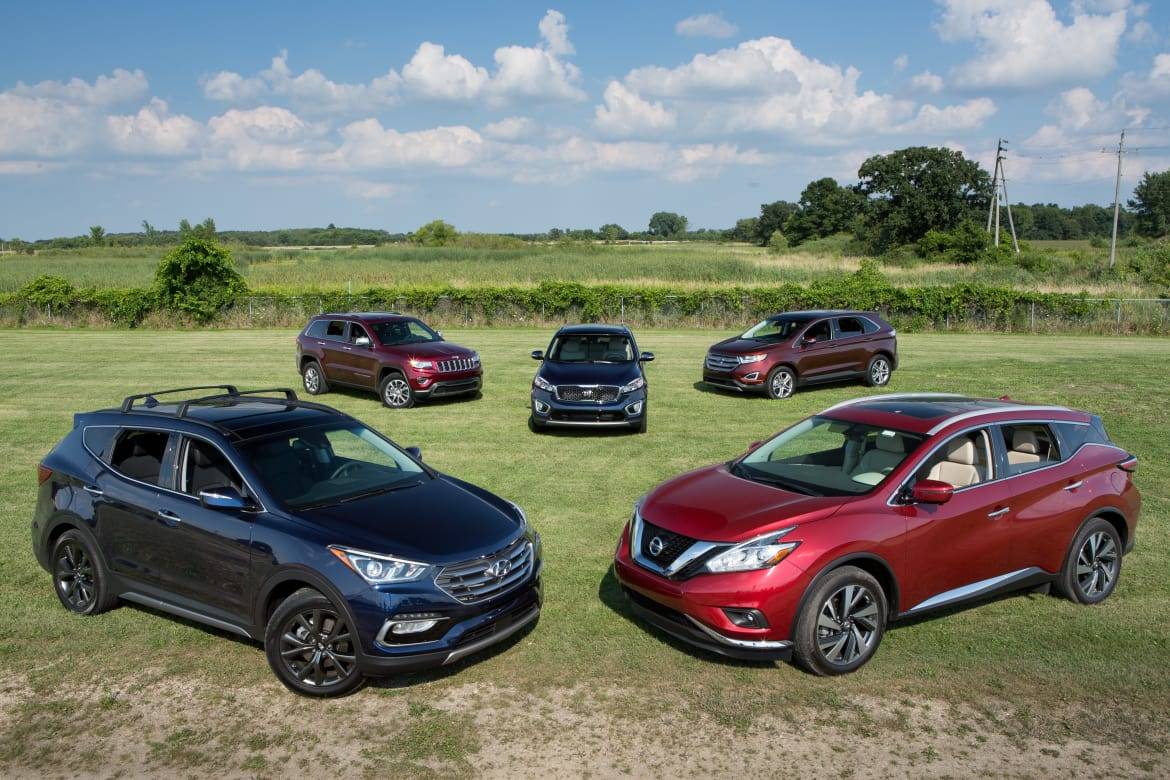Auto industry professionals continue to wonder, just how high will new prices rise before hitting a ceiling? The answer to that question did not come in September. Kelley Blue Book is reporting that the average new car price rose for the sixth consecutive month, each one setting a record. September’s average broke past $45,000 for the first time ever to $45,031, once again setting a new bar for customers to jump over when purchasing a car.
Comparatively, the average new car transaction price one year ago in September 2020 was $38,723. A year previous when the industry was operating relatively unbridled and in a normal economy, the average new car price was $37,783.
A shift in the vehicle mix has certainly affected the average pricing as manufacturers push out the higher-priced, more profitable models they can manufacture during supply woes.Cox Automotive analyst Kayla Reynolds says, “The record-high prices in September are mostly a result of the mix of vehicles sold. Midsize SUV sales jumped in September compared to August, and full-size pickup share moved up as well. Sales of lower-priced compact and midsize cars, which had been commanding more share during the summer, faded in September.”
The influence the parts shortages play in the ever-increasing retail prices can’t be understated. Simply, it’s the law of supply and demand that’s forcing customers to pay more for their vehicles today. Extremely low new car inventory that skews toward more expensive vehicles is likely to continue driving up new car averages for at least a few more months.
Fewer cars, and fewer buyers?


The unique industry position finds the high cost of buying a car coincides with difficulty finding the right fit for buyers’ needs. Compared to August, September 2021 sales volume dropped 7.3%. It’s a clear sign that there aren’t enough cars available in the American market, but it could also signal that potential car buyers are pulling back and waiting to make a purchase.
An average price that’s nearly $6,500 higher than a year ago could be affecting affordability for the average shopper who decides to sit on the sidelines until the market cools. If it’s a new benchmark that’s being set for the auto retail industry, it begs a new set of questions including the future viability of personal transportation for low-income families.
| Related: Why new vehicle inventory shortages don’t have to prevent you from gaining new customers |
Luxury vehicle purchases pulling average higher
For the segment where pricing has little effect – luxury vehicles – September saw excellent growth. 16.6% of new car sales in September were from the luxury segments, and the average transaction price was over $60,000—$60,845 to be exact.
And of the luxury brands, four saw an average sale price increase of more than 20% compared to September 2020, clearly demonstrating that price is no object for the luxury car buyer. It’s one of the strongest months for luxury vehicle sales in the past decade, according to Kelley Blue Book.
How this information applies to dealers can be complex and confusing, to be sure. At first glance, it appears customers are willing to continue paying high prices in deals that have excellent gross profit. However, a declining number of sales indicates that fewer car buyers are willing to pay the price, and it also appears that inventory is going to be a continued struggle in the coming months.
So, the question continues to be asked, will October’s new vehicle prices hit the ceiling or bust through it?
Did you enjoy this article from Jason Unrau? Please share your thoughts, comments, or questions regarding this topic by submitting a letter to the editor here, or connect with us at newsroom@cbtnews.com.
Be sure to follow us on Facebook and Twitter to stay up to date or catch-up on all of our podcasts on demand.
While you’re here, don’t forget to subscribe to our email newsletter for all the latest auto industry news from CBT News.










